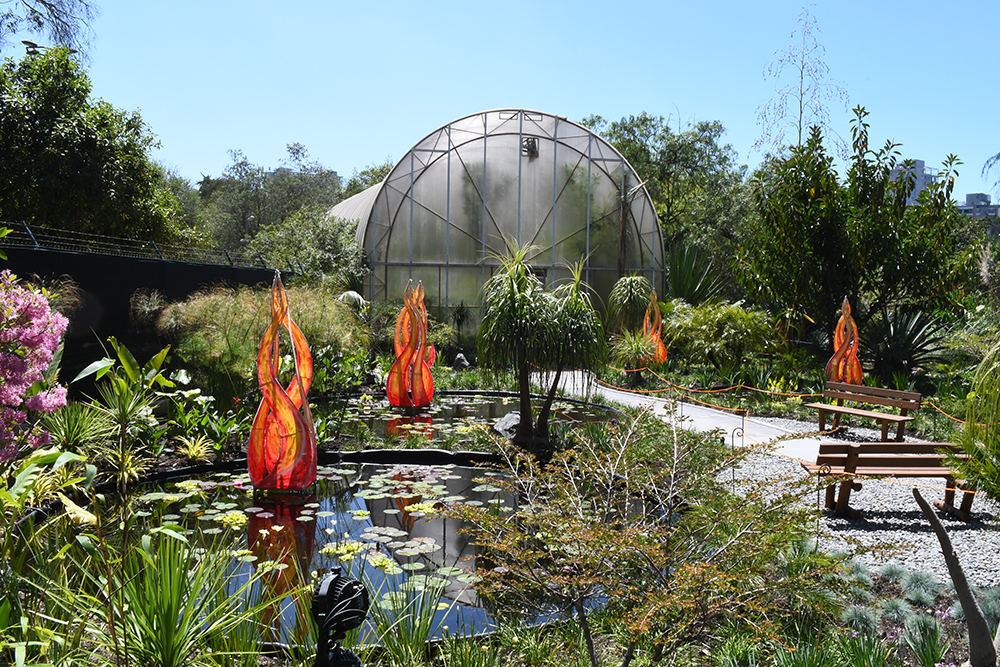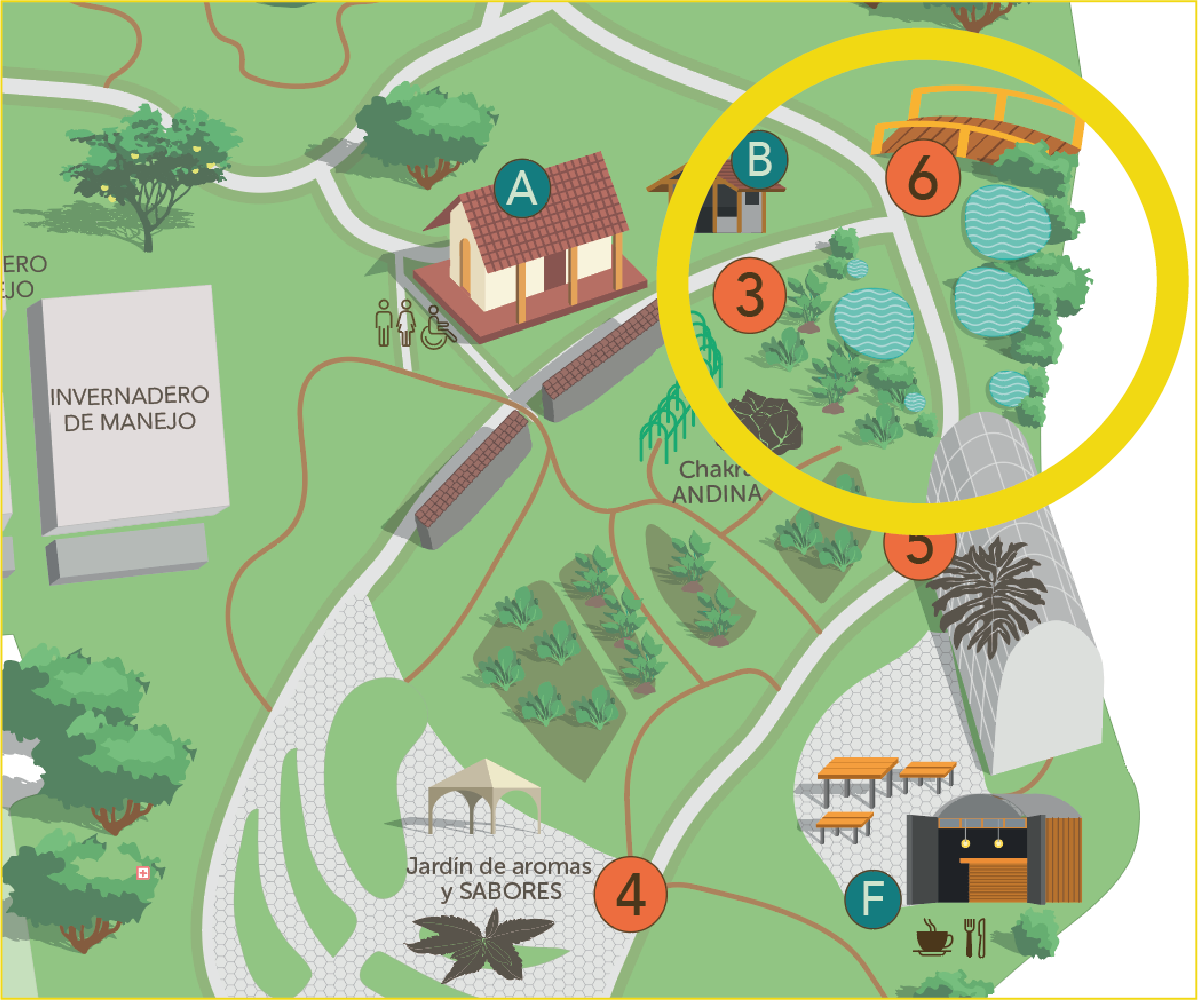Water Lily Garden
In many oriental cultures, water lilies symbolize purity and beauty due to their ability to bloom in muddy waters while remaining clean and radiant.
This garden pays homage to these beautiful plants, highlighting their elegance and symbolism.
Water lilies are aquatic plants found all over the world, except in polar and desert regions. They prefer calm and shallow waters, such as ponds and lakes, where the current is weak and they can establish themselves easily.

What do Lilies look like?
Floating Leaves
Adapted to float and maximize sun exposure for photosynthesis.
Impressive flowers
Large and showy, in colors such as white, pink, yellow, red, and blue.
Anchored roots
Roots anchored at the bottom of the pond or lake, absorbing nutrients from the soil.
Pollination
Pollinated by insects like beetles and bees, attracted by their colors and fragrance.
Lotus or Water Lily? Discover the Differences!
Families:: Water lilies belong to the family Nymphaeaceae (with 70 species), and lotuses to Nelumbonaceae (with two species).
Leaves and Flowers: In the lotus, leaves and flowers rise above the water; in the water lily, they float.
Stamens and Carpels:: The lotus has filamentous stamens and a barrel-shaped carpel; the water lily has leaf-shaped stamens.

Work of the Botanical Garden Team



The creation of the Water Lily Garden at the Quito Botanical Garden was a project driven by the vision of Carolina Jijón, Executive Director of the JBQ, and developed in collaboration with Ricardo Zambrano, Director of Gardens. This aquatic space transformed an underutilized area into a vibrant garden where water lilies, colocasias, irises, and other semi-aquatic plants take center stage, also incorporating ornamental gardening elements to complement the environment.
Designed by landscape architect Mónica Bodenhorst de Navarro, six pools of various sizes were constructed, using carefully selected rocks to harmonize with the landscape. The water system was meticulously implemented to ensure ideal conditions for the growth of aquatic species, while the surrounding garden incorporates a rich variety of ornamental plants that further beautify the space.
Locate the Water Lily Garden on the map
